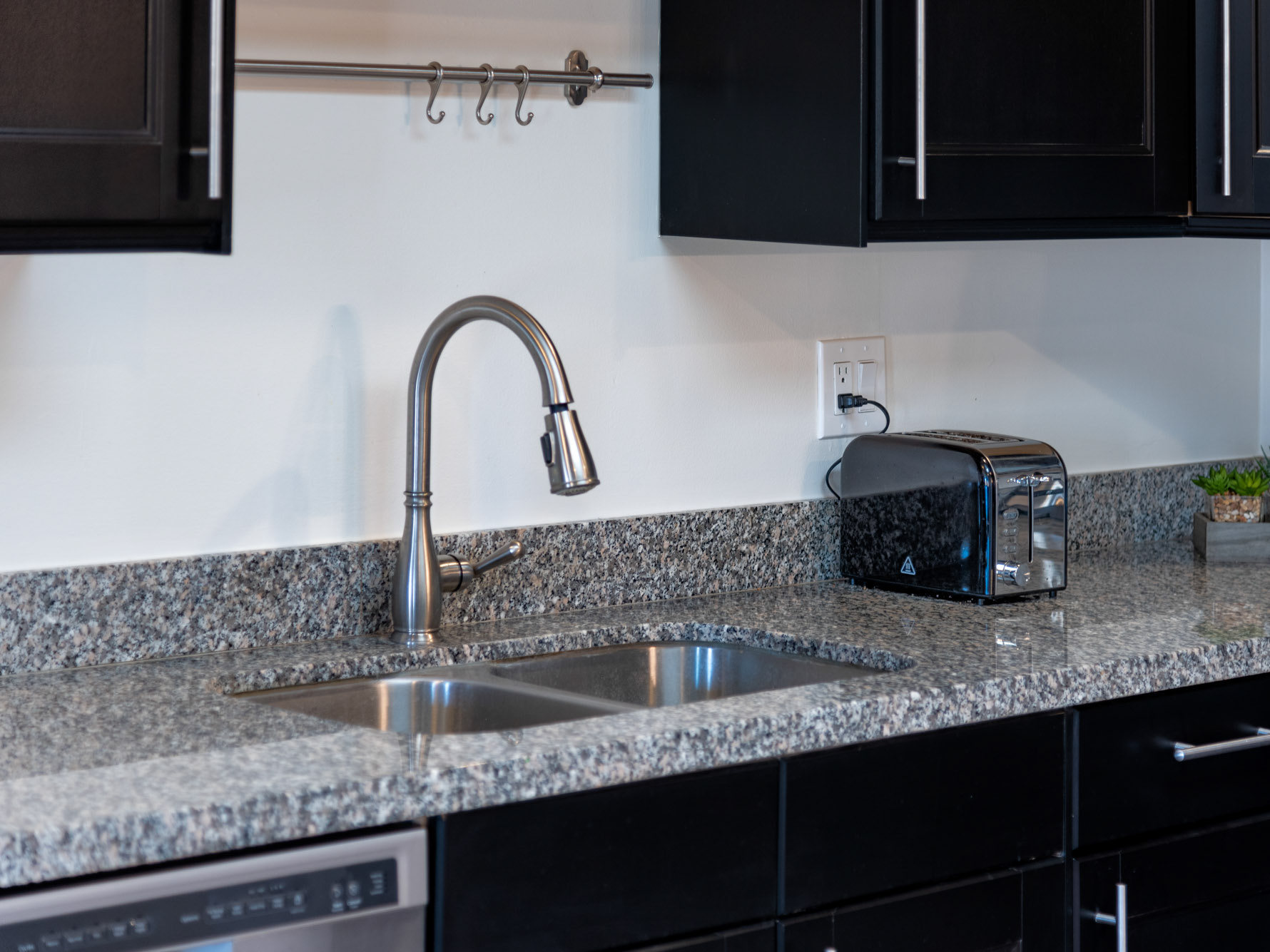A Step-by-Step Guide
By Hernan H. Mendez
If you're new to photography and looking to purchase your first camera, the world of mirrorless cameras can seem overwhelming. With so many brands, models, and features, it can take time to figure out where to start. This comprehensive guide aims to simplify the process of selecting the perfect mirrorless camera for beginners. We'll walk you through each step and provide helpful tips to make an informed decision. So let's dive in!
Step 1: Understand the Basics of Mirrorless Cameras
Mirrorless cameras, also known as compact system cameras (CSCs) or interchangeable lens cameras (ILCs), are a popular choice for beginners and professionals alike. Unlike traditional DSLRs, mirrorless cameras do not have a mirror mechanism inside the body, making them lighter and more compact. They offer the advantage of interchangeable lenses, allowing you to explore different types of photography. Mirrorless cameras also typically have faster autofocus and better video capabilities than DSLRs.
Step 2: Determine Your Budget
The first step in choosing the perfect mirrorless camera is determining how much you are willing to spend. Mirrorless cameras range in price from a few hundred dollars to several thousand, depending on the brand, features, and included accessories. Establishing a budget will help you narrow your options and focus on cameras within your price range.
Step 3: Consider Your Photography Interests
Next, think about the type of photography you want to pursue. Are you interested in capturing landscapes, portraits, sports, or a mix of everything? Different mirrorless cameras excel in other areas, so understanding your photography interests will help you select a camera that best suits your needs.
Step 4: Assess Your Skill Level
Consider your current skill level and how much you want to learn about photography. If you're a beginner, you may want a camera with user-friendly features and automatic settings to help you get started. If you're more experienced or looking to grow your skills, consider a camera with advanced features and manual controls that allow for greater creative freedom.
Step 5: Research Brands and Models
Several reputable brands produce high-quality mirrorless cameras, including Canon, Nikon, Sony, Fujifilm, and Panasonic. Each brand offers different models with varying features and capabilities. Take the time to research the top models from each brand within your budget, read reviews from professionals and other beginners, and compare their specifications.
Step 6: Consider Sensor Size
The sensor size of a mirrorless camera impacts image quality and low-light performance. There are three main sensor sizes for mirrorless cameras: full-frame, APS-C, and Micro Four Thirds. Full-frame sensors offer the best image quality and low-light performance, but they tend to be more expensive and larger. APS-C and Micro Four Thirds sensors are smaller and more affordable, making them popular for beginners. Determine which sensor size best fits your needs and budget.
Step 7: Evaluate Autofocus Performance
A camera's autofocus performance is crucial for capturing sharp images, especially in fast-paced situations like sports or wildlife photography. Look for a mirrorless camera with a fast and accurate autofocus system to meet your photography needs.
Step 8: Check Image Stabilization
Image stabilization (IS) helps minimize camera shake, resulting in sharper images. Many mirrorless cameras offer built-in image stabilization, either in the camera body (IBIS) or the lenses (OIS). Determine if image stabilization is essential for your photography needs and whether you prefer IBIS, OIS, or both.
Step 9: Look for Connectivity Options
Today's mirrorless cameras often come with built-in Wi-Fi and/or Bluetooth for easy sharing and remote control capabilities. Consider whether these connectivity options are essential to you and look for cameras with the necessary features.
Step 10: Assess Video Capabilities
If you're interested in capturing video in addition to still images, pay close attention to the video capabilities of the mirrorless cameras you're considering. Look for features such as 4K video recording, high frame rates, and audio input/output options. Some cameras even offer advanced video features like log profiles and focus peaking, which can benefit budding filmmakers.
Step 11: Examine the Lens Selection
The availability of lenses for your chosen mirrorless camera system is essential, as it will determine the types of photography you can explore. Research the lens options for each camera system you're considering and ensure there is a good selection of lenses within your budget that cater to your photography interests.
Step 12: Evaluate the Camera's Ergonomics and Design
The design and ergonomics of a mirrorless camera play a significant role in your overall shooting experience. Look for a camera that feels comfortable in your hands and has intuitive controls, making it easy to adjust settings and navigate menus. Also, consider factors such as weather sealing, build quality, and the size and weight of the camera.
Step 13: Read Reviews and Watch Tutorials
Once you have narrowed down your options, take the time to read reviews from professional photographers and other beginners who have experience with the cameras you're considering. This will give you valuable insights into each camera's strengths and weaknesses. Additionally, watch online tutorials and demonstrations to see the cameras in action and learn about their features.
Step 14: Try Before You Buy
Visit a local camera store or borrow a friend's mirrorless camera to test out different models in person. This hands-on experience will better understand each camera's ergonomics, design, and performance, helping you make a more informed decision.
Step 15: Make Your Decision and Invest in Accessories
Once you have completed the previous steps and determined the best mirrorless camera for your needs, it's time to purchase. Remember to invest in essential accessories such as extra batteries, memory cards, a sturdy camera bag, and any additional lenses or filters you may need.
Choosing the perfect mirrorless camera for beginners can be a daunting task. Still, by following this step-by-step guide, you can simplify the process and make an informed decision. Research and hands-on experience are crucial to finding a camera that best suits your needs, budget, and photography interests. With the right mirrorless camera in hand, you'll be well on your way to capturing stunning images and honing your photography skills. Happy shooting!










